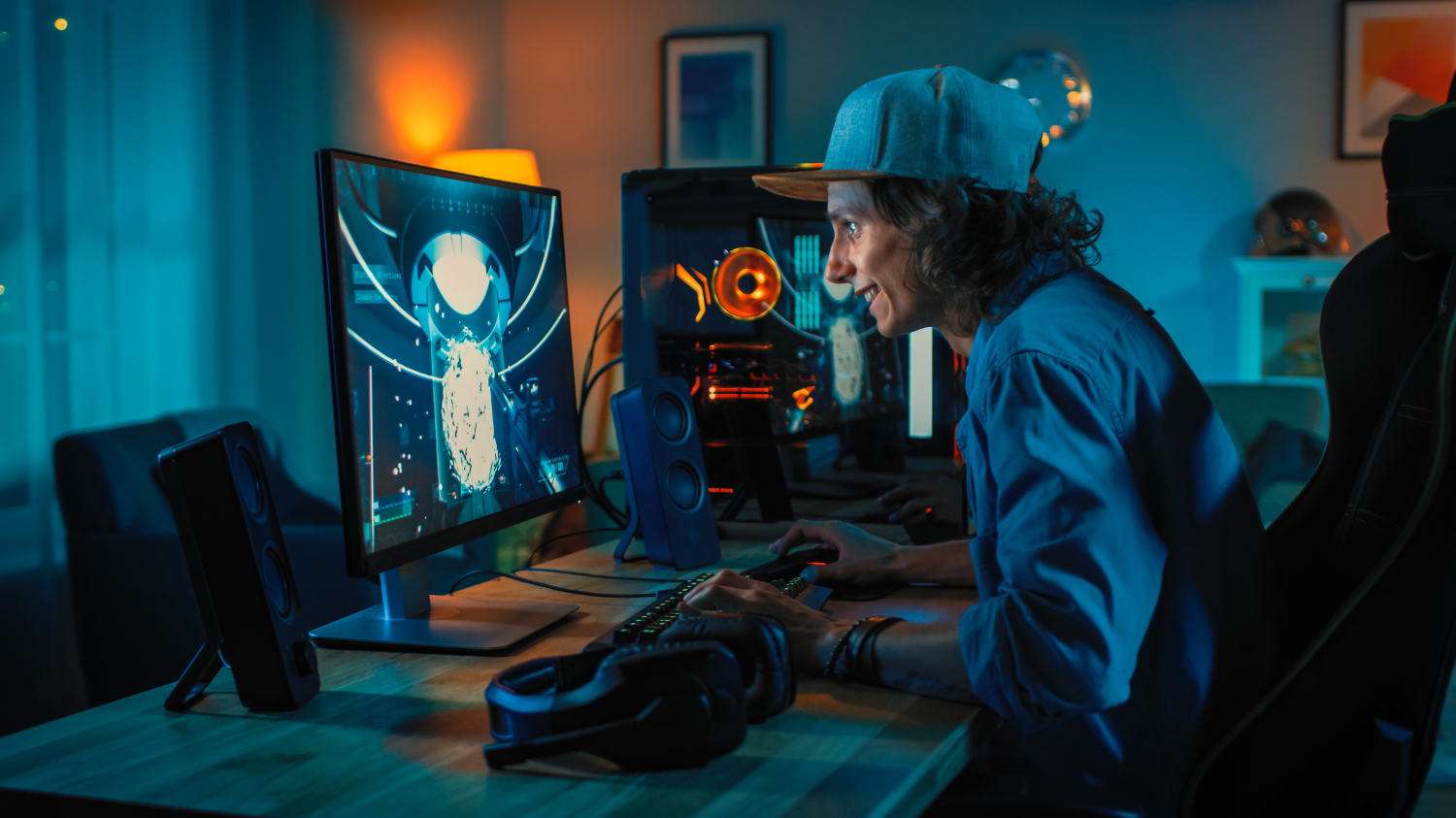IDC: Intel CPUs, Ray Tracing Help Boost Gaming PC Sales
IDC said Monday that global shipments of gaming PCs and gaming monitors rose 16.5% year-over-year in the second quarter of 2019. The research firm attributed that increase to various factors, but perhaps the most important was the increased availability of Intel CPUs, which made it easier for manufacturers to satisfy demand. Now those companies will simply have to contend with the gaming market's usual lack of predictability.
A note on what IDC actually quantified: the firm said that it a gaming PC features graphics cards from "the mid-range and high-end offerings from Nvidia and AMD" but not professional GPUs such as the Quadro and Radeon Pro. A gaming monitor is any product with a refresh rate of 100 Hz or higher. Those definitions allow it to focus on the gaming market without having to tally up all of the devices on which someone could technically play a game if they wanted.
IDC said that gaming laptop sales rose 12.7% year-over-year, and it attributed some of that growth to "the launch of models that support ray tracing along a wide spectrum of price points." It expects the category "to still take the lion's share of volume and revenue with the form factor seeing strong innovations in thinner dimensions and performance." Those improvements could narrow the performance gap between gaming desktops and laptops.
The research firm said that gaming desktop sales rose 3.3% in Q2 2019 after struggling for several quarters in a row. That growth was attributed to "an improved supply of Intel CPUs, an easing of previously excessive GPU inventory and a revamped pricing structure for ray tracing-capable GPUs." IDC also said that fears of price hikes resulting from the U.S. and China trade war also led to an increase of device shipments in the U.S.
Gaming monitor sales increased even more than gaming PCs in Q2, with IDC's announcement stating "demand for gaming monitors remained strong, posting a record high quarter in volume and continuing to outpace the other two categories in terms of year-over-year growth." That hardly comes as a surprise. As manufacturers continue to release increasingly affordable 240 Hz monitors, the 100 Hz refresh rate IDC uses to define the category becomes more attainable too.
"Beyond the current quarter, IDC anticipates the market for gaming desktops, notebooks and monitors will grow 9.6% for the full year of 2019, reaching 42.8 million units," the research firm said. "Compared to the previous forecast, IDC has increased its short-term outlook but lowered the long-term forecast for desktop and notebooks while increasing the outlook for gaming monitors."
Get Tom's Hardware's best news and in-depth reviews, straight to your inbox.

Nathaniel Mott is a freelance news and features writer for Tom's Hardware US, covering breaking news, security, and the silliest aspects of the tech industry.
